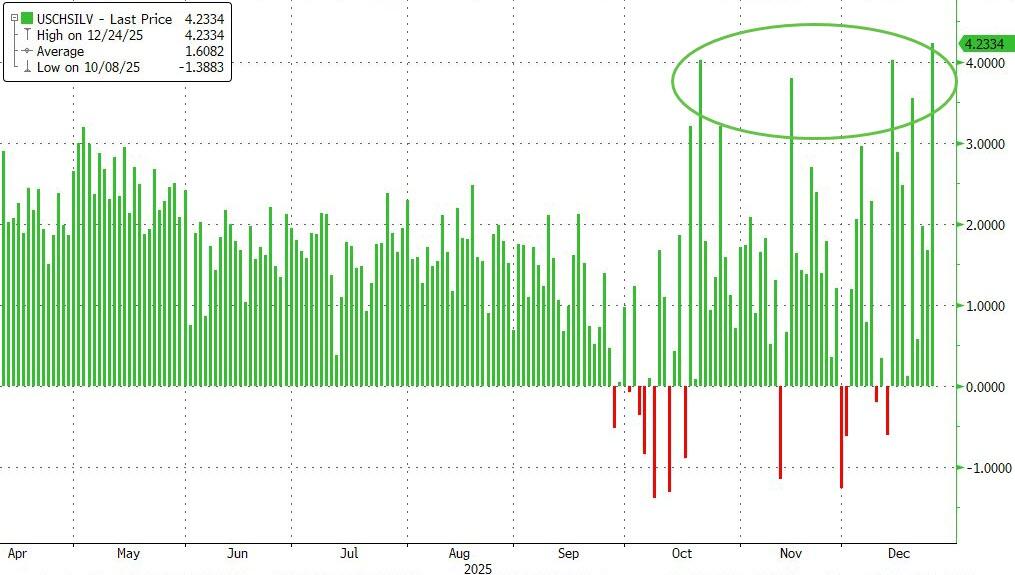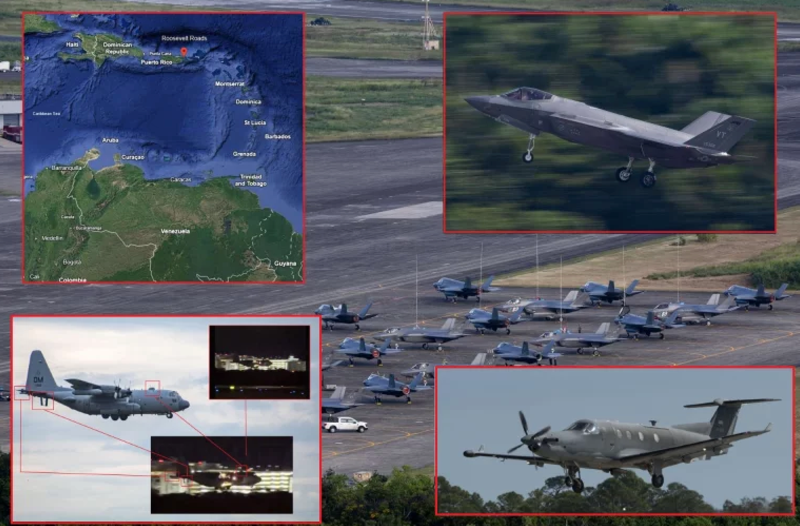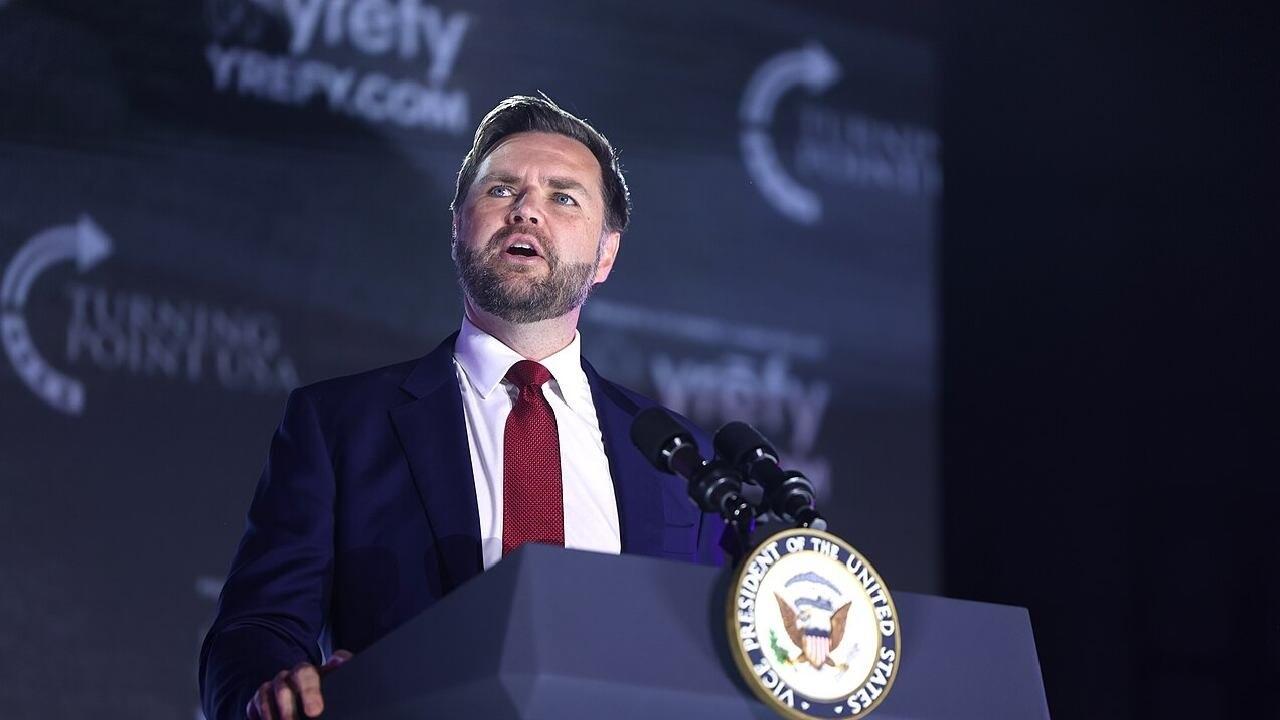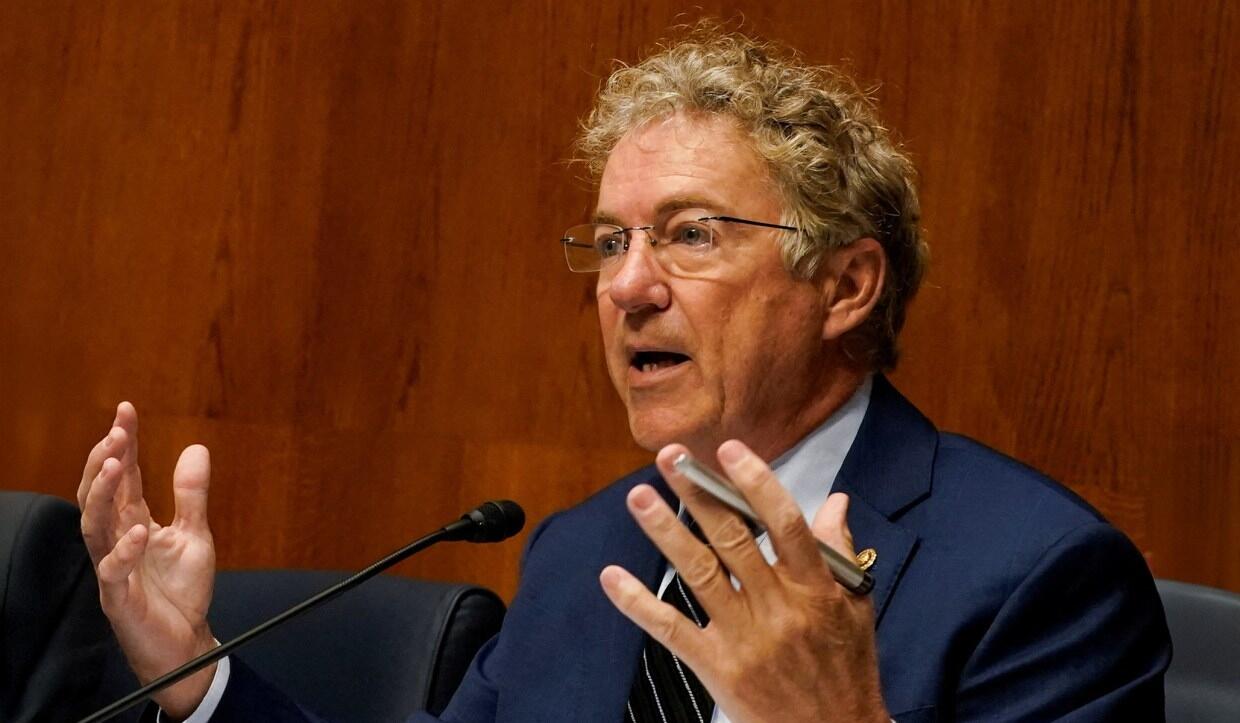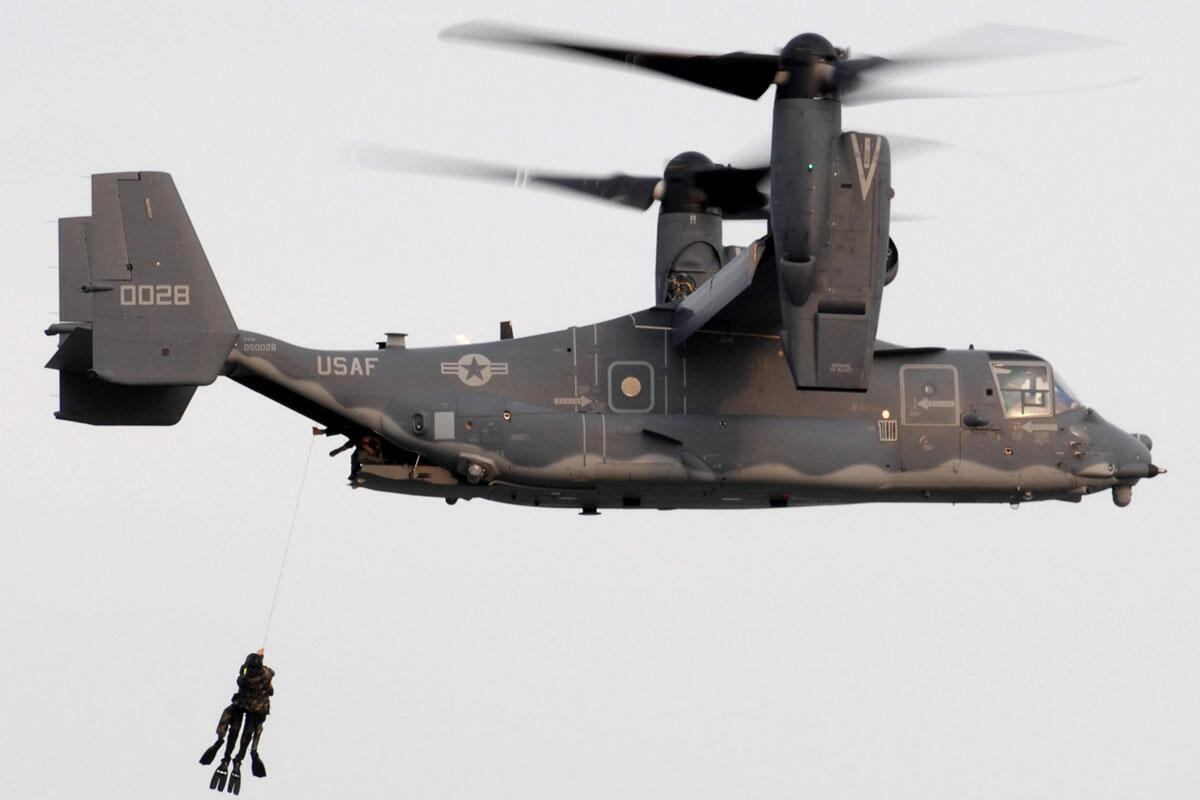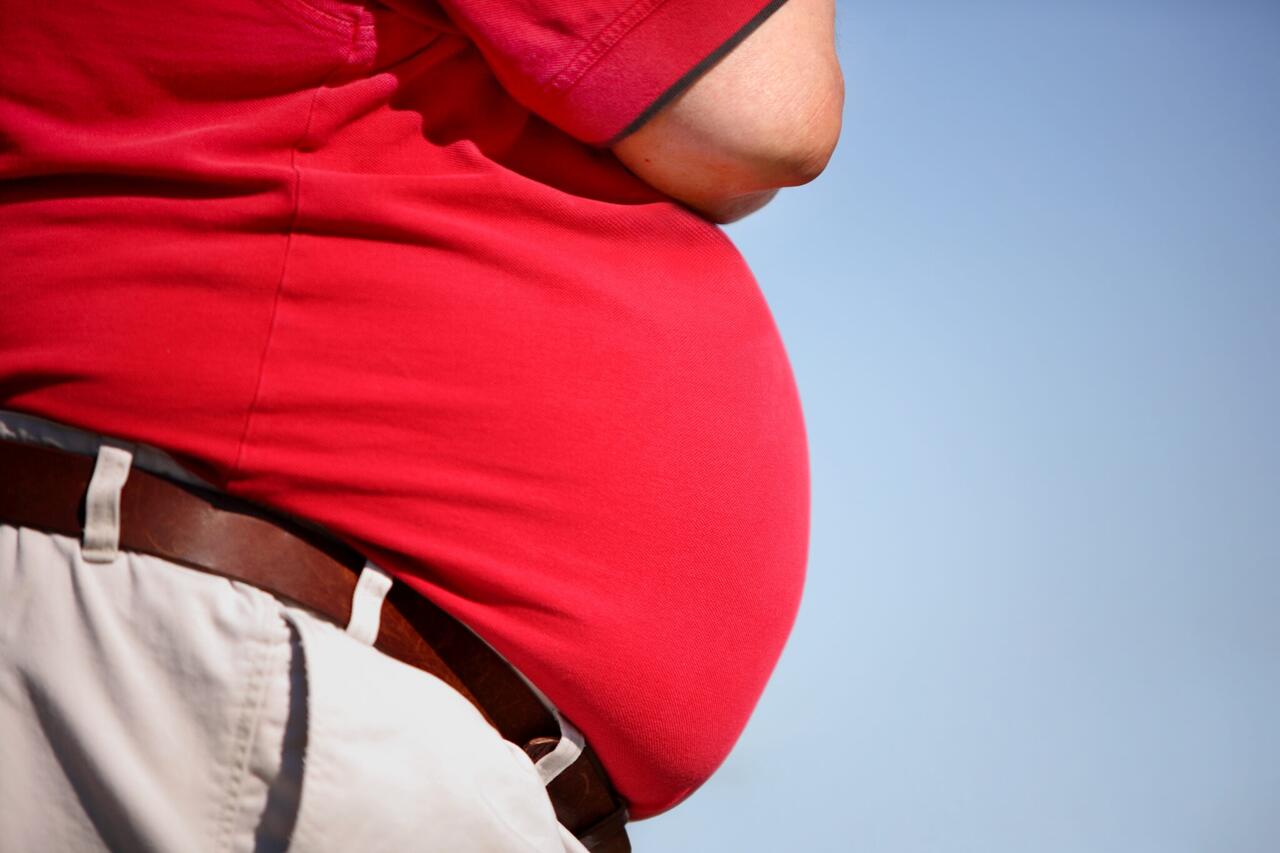Comer: The 'Walls Are Caving In' On Tim Walz
House Oversight Chairman James Comer declared this week, “The walls are caving in on Tim Walz,” as a federal probe into Minnesota's sprawling fraud scandal intensifies. Whistleblowers, mayors, and lawmakers now enter the fray, spotlighting waste in social programs that hammer everyday residents.
The fraud Comer described reaches far beyond accounting errors. Minnesota taxpayers now must endure cuts to basic services because billions of dollars earmarked for social programs vanished due to fraudulent schemes, most of which are tied to the state's Somali community. The scale of the fraud has forced state officials to slash budgets and shift costs to local governments, leaving mayors across Minnesota scrambling to maintain essential services like police protection, infrastructure maintenance, and emergency response without bankrupting residents through property tax hikes.
The House Oversight Committee is coordinating with federal agencies and preparing subpoenas for records and testimony to trace the money and identify the culprits.
Comer stopped short of demanding Walz resign but made it clear that the governor cannot escape accountability. "He deserves due process, and we're going to give him due process," Comer said.
Walz, of course, isn’t happy about the federal investigations and insists he can
“This [was] on my watch,” Walz said last week. “I am accountable for this, and more importantly, I am the one that will fix it.”
Walz added, “Unlike the president, I’m governor now [and] whether these programs happen before we got here or afterwards, it doesn’t matter. We’re here now. We’re the ones fixing it. You have my guarantee on this, that I certainly will have this thing fixed.”
A Walz spokesperson dismissed the congressional probe as partisan theater designed to muzzle a vocal Trump critic. "This is clearly a coordinated political attack to try to silence one of the President's most effective critics," the spokesperson stated. "The Governor takes fraud seriously and wishes they would too.”
Comer, however, dismissed Walz's suggestion that the Oversight Committee should step aside and let him investigate the fraud. "No one in America believes that. We are going to investigate this,” Comer said.
The scandal traces back to at least 2020 and involves fraudulent billing across numerous government programs, concentrated heavily but not exclusively within the Somali population. Federal prosecutors revealed that the Feeding Our Future case alone, which already resulted in charges against nearly 80 people, involved roughly $250 million in bogus claims for pandemic nutrition aid. Last week, prosecutors revealed the total fraud across Minnesota's social services system could reach $9 billion or more.




